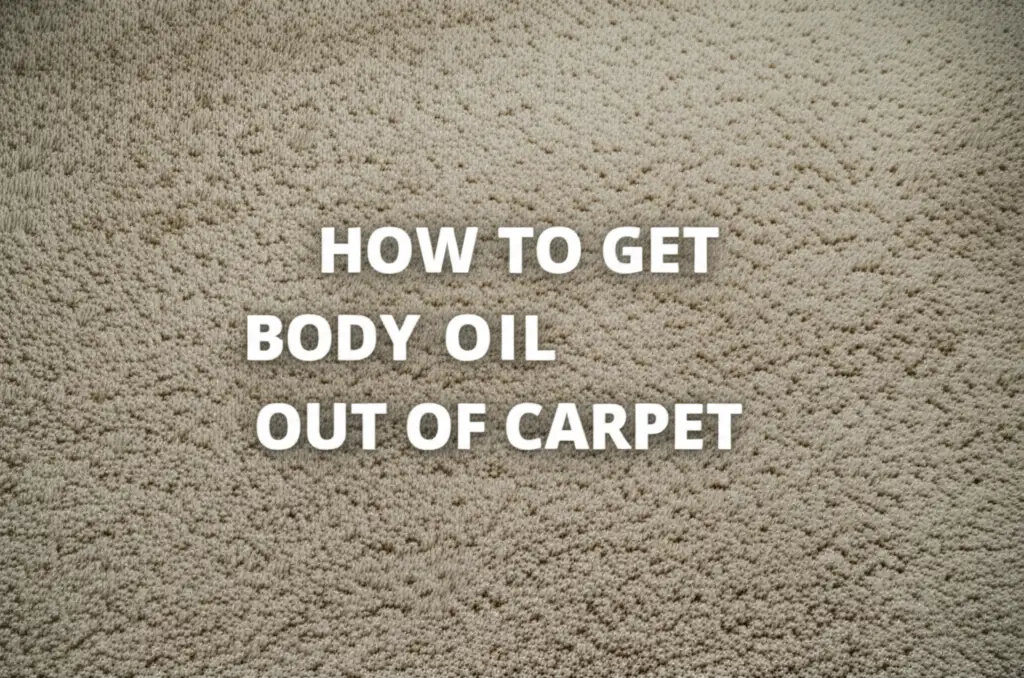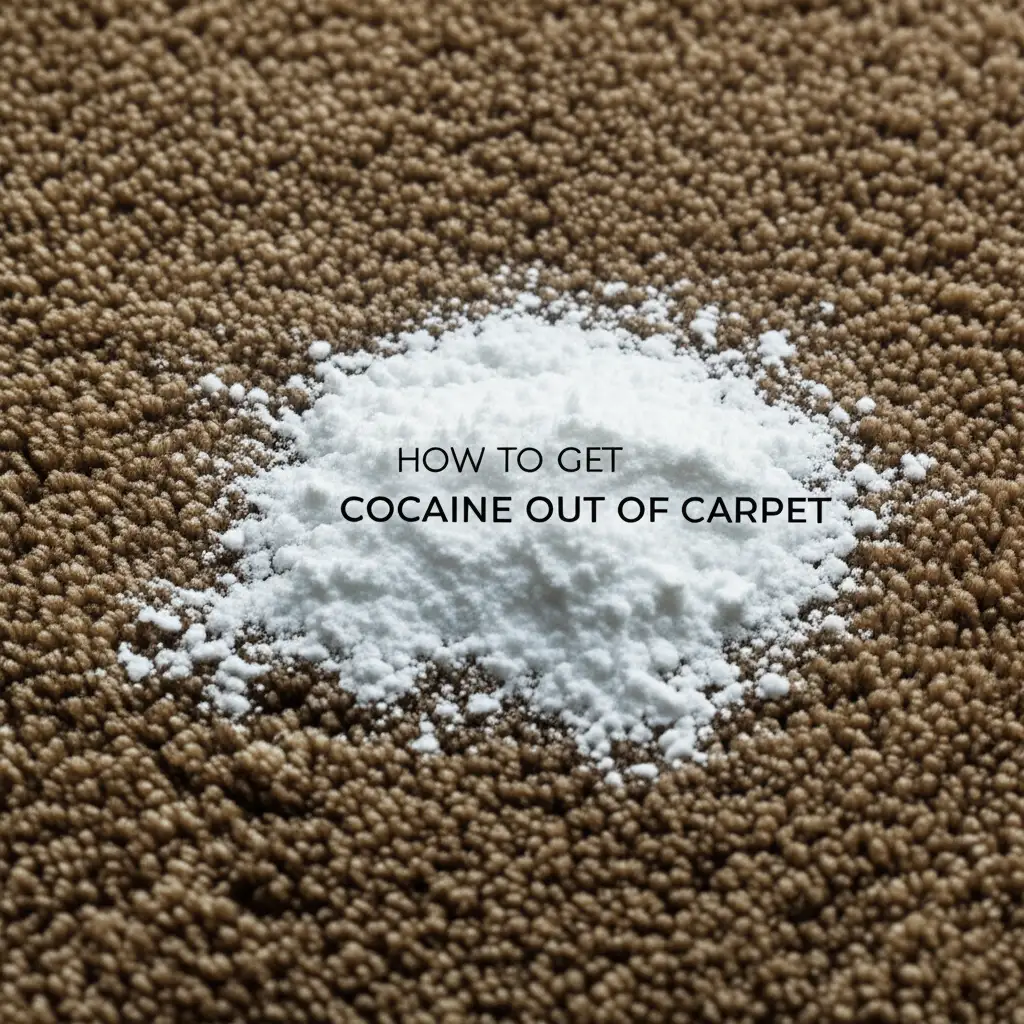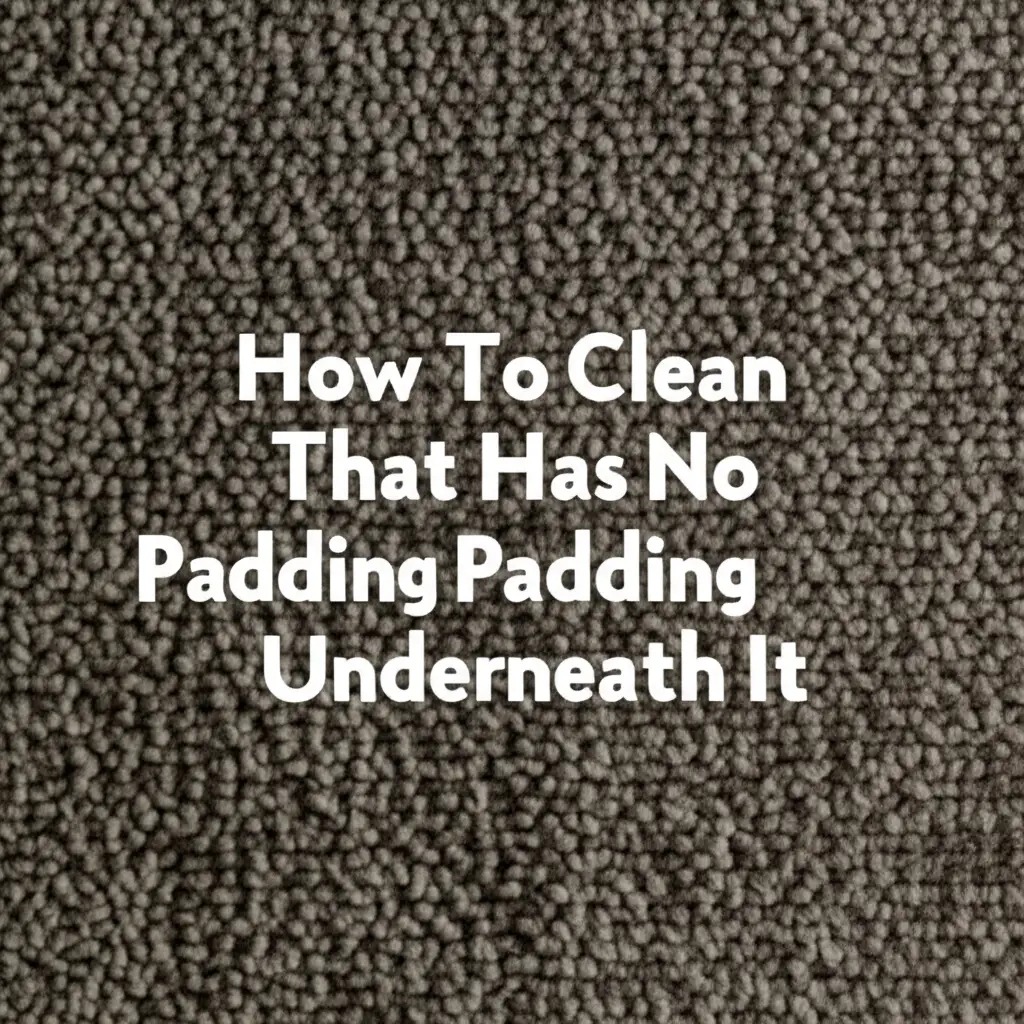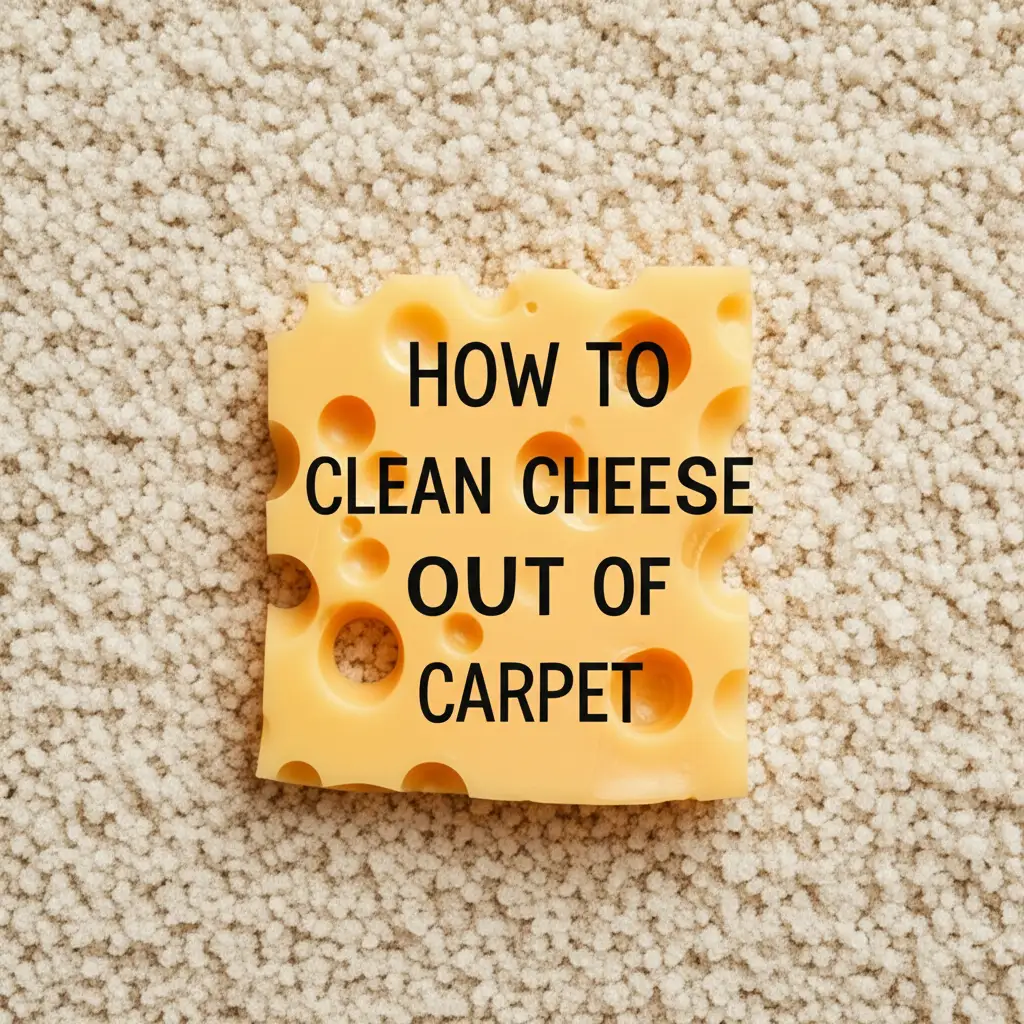· Elira Thomsen · Home Cleaning · 12 min read
How To Get Body Oil Out Of Carpet

How To Get Body Oil Out Of Carpet
A silky smooth body oil feels wonderful on your skin. It moisturizes deeply and leaves you feeling pampered. However, accidents happen. Sometimes, a drop or a spill of that luxurious body oil can land on your carpet. This creates a greasy, dark stain that seems impossible to remove. I know how frustrating this can be.
Oil stains, especially body oil, are notoriously difficult. They penetrate carpet fibers quickly. Regular cleaning often just spreads the oil or makes the stain worse. But do not worry. This guide will show you exactly how to get body oil out of carpet. We will cover effective home remedies and professional solutions. You will learn the right steps to restore your carpet’s clean look.
Takeaway
- Act immediately to absorb fresh body oil spills using absorbent powders.
- Use dish soap and water to break down and lift remaining oil residue.
- Consider solvents or rubbing alcohol for stubborn or dried body oil stains.
- For large spills or old stains, repeated treatments or professional help may be needed.
- Prevent future stains by being careful with oil products near carpeted areas.
Clear Answer
To get body oil out of carpet, first blot excess oil. Then, apply an absorbent powder like cornstarch or baking soda to soak up the oil. Let it sit, then vacuum. Follow with a gentle dish soap and water solution, blotting until the stain lifts. Rinse with clean water and blot dry.
Act Fast: Immediate Steps to Tackle Body Oil Stains
When body oil spills on your carpet, speed is your biggest ally. The faster you act, the better your chances of full removal. Body oil can quickly soak deep into carpet fibers. This makes it harder to lift as time passes. Taking immediate steps helps contain the damage.
The first thing you must do is blot, not rub. Rubbing spreads the oil further. It also pushes the oil deeper into the carpet’s backing. Get a clean, white cloth or paper towels. Press them firmly onto the oil stain. You want to absorb as much excess oil as possible. Change the cloth or paper towel as it picks up oil. Keep blotting until no more oil transfers to the clean cloth. This initial absorption is crucial for success.
Do not use colored cloths. The dye from the cloth might transfer to your carpet. Always use white, absorbent materials. Old towels or plain paper towels work well. This first step prepares the area for further treatment. It also prevents the stain from setting permanently.
Absorbent Powders: Your Go-To for Lifting Body Oil
Once you blot away the excess oil, absorbent powders become your next powerful tool. These powders work by drawing the oil out of the carpet fibers. They are very effective for fresh oil stains. Common household items like cornstarch, baking soda, or even talcum powder work wonders. I have personally seen how these simple ingredients can save a carpet from an oil disaster.
To use an absorbent powder, generously sprinkle it over the entire body oil stain. Make sure the stain is completely covered. You want a thick layer of powder over the oil. The powder will begin to soak up the oil. This process takes time, so be patient. For best results, let the powder sit for at least 30 minutes. For larger or older stains, leaving it for several hours, or even overnight, is better.
After the powder has absorbed the oil, it will likely clump up or turn yellowish. This indicates it has done its job. Gently scrape away any large clumps with a spoon or dull knife. Then, thoroughly vacuum the area. You might need to vacuum several times to remove all the powder. You may find that this step alone removes a significant portion of the stain. If a faint oily residue remains, move on to the next step. If you are dealing with similar oil-based stains, you might find some crossover tips helpful, like techniques to remove peanut oil out of carpet.
Dish Soap Magic: Simple Solutions for Oil on Carpet
After using absorbent powders, you might still see a lingering oil shadow. This is where dish soap comes in. Dish soap is excellent at breaking down grease and oil. Its chemical structure allows it to emulsify oil. This means it surrounds oil particles, making them mix with water. This method is safe for most carpet types. Always test in an inconspicuous area first.
Start by mixing a small amount of clear dish soap with warm water. Use about one teaspoon of soap per cup of water. You want a mild solution, not thick suds. Dip a clean white cloth into this solution. Wring out the cloth so it is damp, not soaking wet. Too much water can damage your carpet backing.
Gently blot the oil stain with the damp, soapy cloth. Work from the outside of the stain inwards. This prevents spreading the stain. As you blot, you will see the oil transferring to the cloth. Continue blotting with fresh sections of the cloth until the stain disappears. Do not rub or scrub. Once the stain is gone, blot the area with a clean cloth dampened with plain water. This rinses away any soap residue. Soap residue can attract dirt later. Blot the area dry with a clean, dry towel. Then, place a stack of paper towels over the damp spot and weigh them down overnight to absorb any remaining moisture. This process uses similar principles to how you might tackle general oil issues, even something like how to get oil out of a washing machine.
Targeting Tough Stains: Solvents and Alcohol for Body Oil
Some body oil stains are stubborn. They may be old, large, or deeply embedded. In these cases, you might need a stronger approach. Solvents or rubbing alcohol can be effective. These chemicals dissolve oil, making it easier to remove. However, always exercise caution when using them. They can sometimes affect carpet dyes or backing.
Before applying any solvent or rubbing alcohol, perform a patch test. Choose an hidden spot on your carpet, like under a piece of furniture. Apply a small amount of the cleaner to a clean cloth. Dab it onto the test area. Wait a few minutes. Check for any discoloration or damage to the carpet fibers. If the carpet looks fine, you can proceed with the stain.
When ready, dampen a clean white cloth with rubbing alcohol or a carpet cleaning solvent. Blot the stain gently. Do not pour the liquid directly onto the carpet. Work from the edges of the stain towards the center. This helps prevent the stain from spreading. Keep blotting with fresh parts of the cloth as the oil transfers. Ensure the area is well-ventilated while you work. Rubbing alcohol evaporates quickly, which is a benefit. Once the stain is gone, blot the area with a clean, damp cloth to rinse. Finally, blot dry thoroughly. This method is often a last resort for DIY efforts before calling in professionals.
Beyond Immediate Fixes: Handling Old or Large Oil Stains
Fresh body oil spills are easier to tackle. Old or large body oil stains present a different challenge. The oil has had more time to bond with the carpet fibers. It may have also settled into the carpet padding beneath. Do not despair if you face such a stain. It often requires more patience and repeated treatments. I find that persistence is key when dealing with these tough spots.
For old or large stains, you might need to repeat the absorbent powder and dish soap steps multiple times. Apply the absorbent powder, let it sit for a longer duration (several hours or overnight), then vacuum. Follow this with the dish soap blotting method. Allow the carpet to dry completely between applications. This gives the fibers time to release the trapped oil. Each cycle should lift a little more of the stain.
If these methods do not fully remove the stain, consider escalating your approach. You might use a commercial carpet stain remover designed for oil or grease. Always read the product instructions carefully. Test the product on an inconspicuous area first. Some products contain strong chemicals. They could harm certain carpet types. For very large spills, especially if they have soaked through to the padding, professional help might be the most efficient solution.
Deep Cleaning with Machines: Removing Body Oil Effectively
Sometimes, a body oil stain is too large or too deeply set for simple blotting. This is where a carpet cleaning machine can be very helpful. These machines inject a cleaning solution into the carpet and then extract it along with the dirt and grime. They offer a deep clean that hand methods cannot match. You can often rent these machines from local grocery stores or hardware shops. Knowing where you can get a carpet cleaner rental is a good starting point for this option.
Before using the machine, always pre-treat the body oil stain. Apply an absorbent powder first, then vacuum. You can also use a pre-treatment spray designed for oil stains. Follow the instructions for your specific carpet cleaning machine. Fill the machine with the recommended cleaning solution and water. Then, slowly pass the machine over the stained area. Make overlapping passes to ensure thorough cleaning.
After cleaning the stained area, go over it with plain water in the machine. This helps rinse out any remaining soap residue. Proper rinsing is important. Soap residue can attract dirt later on. Once done, make several dry passes to extract as much moisture as possible. Allow the carpet to dry completely. Good airflow, like opening windows or using fans, will speed up drying. If you want more details on how these machines clean, understanding how to clean a machine-made carpet can be beneficial. This deep cleaning method often removes even stubborn oil residues.
When to Call Experts: Professional Body Oil Removal
Despite your best efforts, some body oil stains may resist all home treatments. This is especially true for very old stains. It also applies to large spills that have penetrated deep into the carpet padding. At this point, it is wise to consider calling professional carpet cleaners. They have specialized equipment and knowledge that goes beyond DIY methods.
Professional cleaners use powerful extraction machines. They also have a range of industrial-strength cleaning agents. These agents are formulated to break down tough oil and grease. Professionals understand different carpet fibers and their specific cleaning needs. They can assess the type of carpet and the severity of the stain. This allows them to choose the most effective and safest cleaning method. Sometimes, they might even use dry cleaning methods on a carpet.
Hiring a professional saves you time and effort. It also reduces the risk of damaging your carpet. Incorrect DIY methods can sometimes set a stain permanently. Or, they can cause discoloration. Professionals can often remove stains you thought were impossible. They also offer services that improve the overall cleanliness and lifespan of your carpet. If you are wondering about how to get a business carpet cleaner or just a residential one, many companies offer both services. Investing in professional cleaning for a tough oil stain protects your carpet investment.
FAQ Section
Q1: Can I use dish soap on all carpet types?
Most clear dish soaps are safe for synthetic carpets. Always test the dish soap solution on a small, hidden area first. Check for any color fading or texture changes. Natural fiber carpets like wool can be more sensitive. Use less soap on them or consult a professional guide.
Q2: What if the body oil stain is old and dried?
Old, dried body oil stains are harder to remove. You will likely need multiple applications of absorbent powder and dish soap. Let the powder sit for several hours. You may also need a solvent or rubbing alcohol. Be patient and repeat the steps.
Q3: Does WD-40 remove oil from carpet?
While WD-40 is an oil-based product, it can dissolve other oils. However, it will leave its own oily residue. Using WD-40 is not recommended for carpet stains. Stick to proven methods like absorbents, dish soap, or specific carpet stain removers.
Q4: How can I prevent body oil stains on my carpet?
To prevent future body oil stains, be mindful when using oil products. Apply body oil in the bathroom on a hard floor. Or, stand on an old towel while applying. This creates a barrier. Consider placing rugs or runners in areas where you frequently use body oil.
Q5: Is baking soda better than cornstarch for oil stains?
Both baking soda and cornstarch are excellent absorbents for oil stains. They work in similar ways. Cornstarch might have a slightly finer texture, which some people find easier to vacuum. Baking soda also helps with odors. You can use whichever you have on hand.
Q6: How long does carpet need to dry after oil removal?
Drying time depends on the amount of moisture used and airflow. After blotting with water, it can take a few hours to a full day. Use fans or open windows to speed up drying. Ensure the carpet is completely dry to prevent mold or mildew growth.
Conclusion
Spilling body oil on your carpet can feel like a major disaster. But it does not have to be a permanent one. We have explored several effective methods to get body oil out of carpet. By acting quickly, using absorbent powders, and applying the power of dish soap, you can often remove these unsightly marks yourself. For tougher challenges, solvents or a deep clean with a rental machine provide more strength. Remember, persistence is your key to success.
Do not let a body oil stain diminish your home’s appearance. With the right approach, you can restore your carpet to its clean, fresh state. If a stain proves too stubborn, professional carpet cleaners are always an option. They possess the tools and expertise for the toughest jobs. Take action today. Bring your carpet back to its best.





